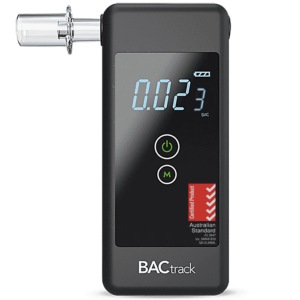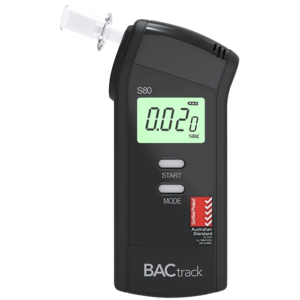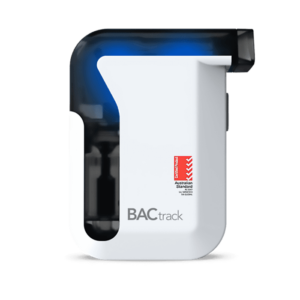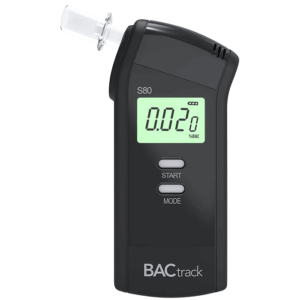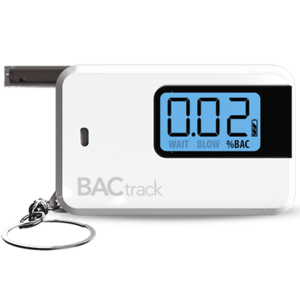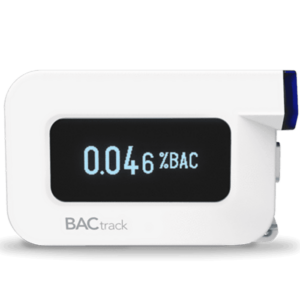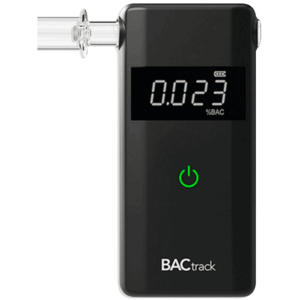Drug and Alcohol Test for Employment: Purpose, Reasons, and Methods
05 July, 2023

Many companies conduct drug and alcohol tests for employment to manage substance-related hazards and prevent accidents. Drug and alcohol use severely impairs the perception, reasoning, and motor coordination of an individual. Thus, it can negatively impact work performance and safety. It can also create liability issues for the company. As a result, many organisations implement testing policies to ensure a hazard-free and productive work environment. It also helps employers make informed decisions.
Workplace safety plays a vital role in the success of a company. Managing occupational hazards, including drug and alcohol use, can help reduce accidents and injuries. Consequently, it lessens workflow disruptions and improves overall productivity. Employers must make sure that employees are not impaired while working. Likewise, they must follow the necessary procedures to avoid legal liabilities. In this article, we will explore why companies conduct drug and alcohol tests, their implementations, and the types of tests.
Purpose of Conducting Drug and Alcohol Tests for Employment
Businesses conduct drug and alcohol testing for employment for a variety of reasons. Firstly, it is to ensure that the workplace is safe and free from substance-related hazards. This is more sensitive for those who work in hazardous environments like construction sites, mining, and factories. The risks of accidents are greater when workers operate heavy machinery.
Frequent accidents can affect the entire company. It disrupts work operations and hinders them from achieving target goals. Furthermore, drug and alcohol use and abuse can lead to severe health problems. Affected employees are more likely to be absent, affecting other workers. Therefore, it leads to low work output. It also strains relationships and lowers employee morale.
Companies establish testing policies to help them manage the negative consequences of drug and alcohol use. It allows them to set regulations for employees to follow. Moreover, having a policy helps mitigate legal risks in case of any accidents. Lastly, it promotes better health and safety practices. Employees are likely to be cautious and take extra precautions to avoid accidents if drug and alcohol use is prohibited in the workplace.
Benefits of a Workplace Testing Program
A comprehensive drug and alcohol policy offers the following benefits and advantages:
- Sets clear goals, regulations, and expectations for employees to follow
- Reduces the risk of accidents and injuries on the job
- Lowers healthcare, compensation, and other costs
- Identifies employees struggling with addiction and offers intervention or treatment assistance
- Protects employees, visitors, and contractors on company premises
- Reduces absenteeism, tardiness, and turnover rates
- Guides management in handling sensitive issues and making informed decisions
- Prevents costly lawsuits and settlements due to accidents
- Complies with state and relevant laws and standards
- Deters substance abuse, especially when employees know they will be tested

Reasons for Conducting Drug and Alcohol Tests for Employment
There are several circumstances that can prompt conducting a drug and alcohol test for employment. It is standard for high-risk industries to require drug and alcohol testing for applicants for safety-sensitive jobs. It allows them to assess the risk factors of prospective employees before they are hired. Hence, individuals must not have abusive behaviours that may potentially harm the workplace.
Another common reason is post-incident. It is vital to conduct substance testing to check if drugs or alcohol are a factor in the accident. Additionally, these tests must be done immediately or within 24 hours after the incident to get accurate results. Moreover, for-cause testing is implemented for a particular employee showing signs of impairments.
Furthermore, companies may take necessary precautions before assigning tasks or allowing workers to operate heavy machinery. For instance, workers use a workplace breathalyser to check their blood alcohol levels before working. Lastly, employers can conduct random testing to monitor employees who may be under the influence of alcohol or drugs.
Implementation Guidelines
To effectively implement drug and alcohol testing, it is essential that employers discuss with staff the reasons and purposes of the test. The management must obtain agreement from the employees through a signed consent before testing. In addition, the staff must be aware of the possible consequences if they have positive test results.
To prepare for the test, the testing devices and equipment must be clean and new. It must also be conducted in a secure environment. The procedure should follow the correct sample collection process and chain of custody to ensure accurate results. For rapid screening, the results are available after a few minutes.

Testing Methods Used in Drug and Alcohol Tests for Employment
There are several methods of drug and alcohol testing for employment, including urine, blood, saliva, and breath tests. Companies may employ any of these methods depending on the situation. A urine test is considered the standard in workplace drug screening. It can detect a wide range of substances for up to days after the last use.
Many businesses use saliva testing as a cost-efficient alternative. It is easy to administer and less invasive. It can trace drugs within 12 to 48 hours, making it suitable for monitoring recent use. Meanwhile, the blood test is the most accurate type. However, it is expensive, and the collection procedure is intrusive. It is more often used to confirm a preliminary result.
On the other hand, a breath test examines for alcohol usage. A portable breathalyser analyses the breath sample to estimate Blood Alcohol Concentration (BAC). The BAC is the percentage of alcohol in the system. Therefore, it directly indicates the level of intoxication. Lastly, a hair test can trace for up to 90 days of last use. It is ideal for determining the substance use history of a person.
Handling Test Results
Receiving test results depends on the type of test or device used. For rapid screening, the results can return within five minutes. The test kits show a number of lines when they detect substances. In addition, a breathalyser reading takes 10 to 15 seconds to complete. Therefore, it helps employers make appropriate decisions on the spot.
It is crucial for employers to handle positive test results with caution. Confidentiality must be maintained to ensure that the rights of the employee are respected. The disciplinary action must be in accordance with the company policy. Employers may also provide counselling or treatment assistance.
Conclusion
Drug and alcohol tests for employment are crucial for companies to keep their work environment safe and healthy. It helps manage substance-related hazards and prevent accidents and injuries. Additionally, it reduces costs and improves productivity. Employers must ensure that these procedures are in accordance with the law. Therefore, a comprehensive policy helps employers and employees abide by such regulations. It includes having reasonable grounds for testing. The common reasons are pre-employment, post-incident, random, and reasonable suspicion.
Effective workplace testing should use a combination of the right test methods. The widely used methods are urine, saliva, and breath tests. Companies may avail of mobile testing services or use self-testing kits. Nevertheless, it is important to follow the correct sample collection and procedures in analysing the samples. In conclusion, managing preventable hazards like drug and alcohol use helps improve workplace safety. It also helps boost employee morale and company reputation.


















